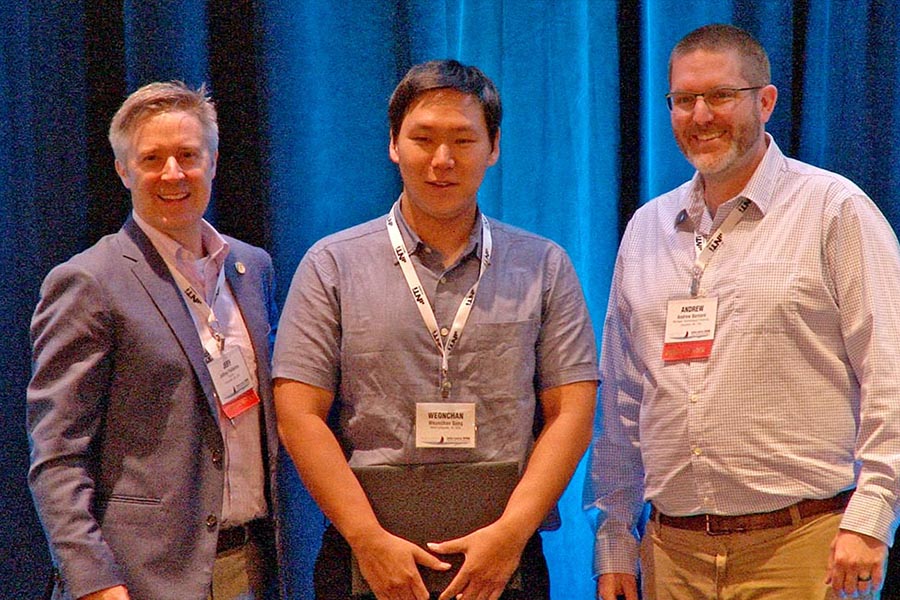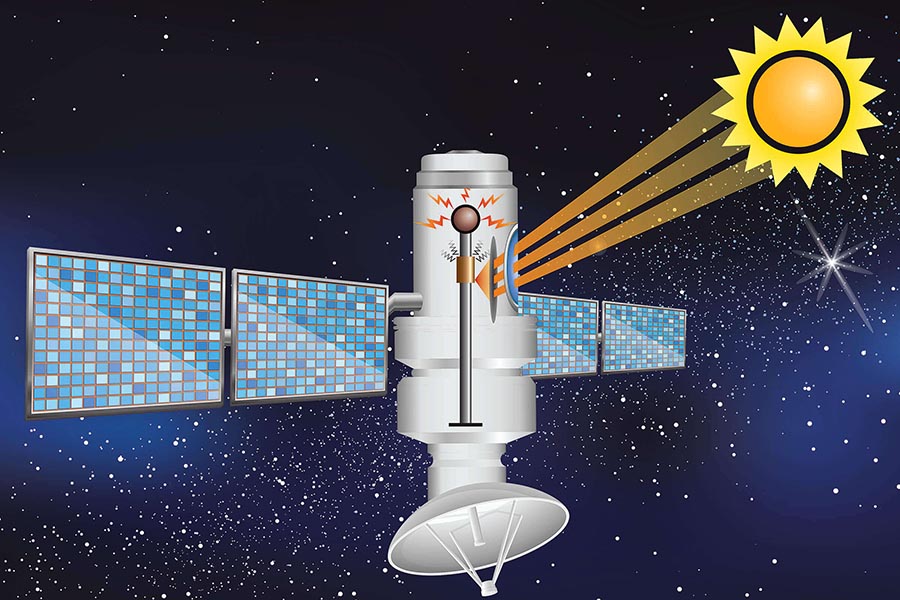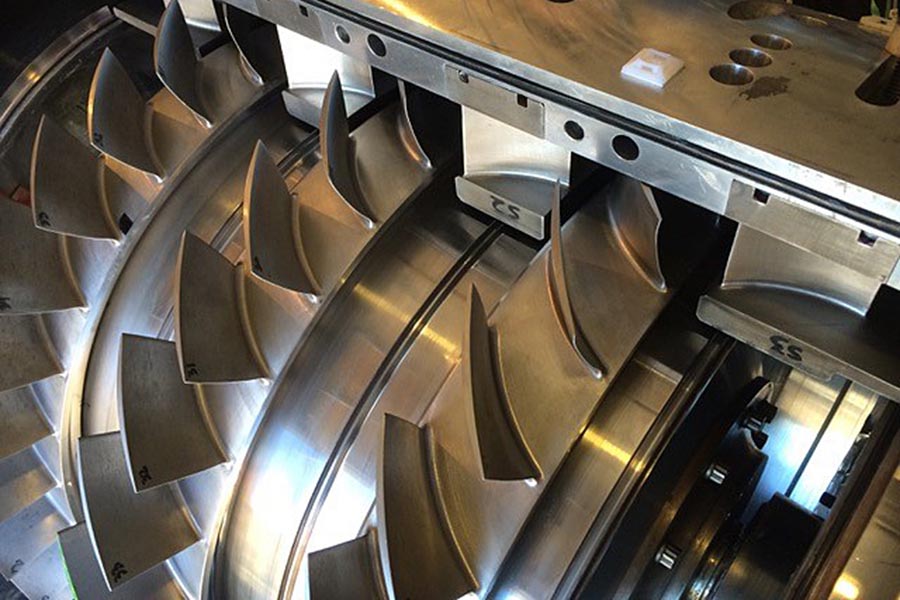Dynamics & Vibration
The "mechanical" in Mechanical Engineering refers to things that move. Purdue researchers delve into every aspect of this fundamental area, from the macroscale to the microscale. From monitoring the vibration of an automobile seat to visualizing the movement of lithium ions on the nanoscale, these Dynamics researchers can do it all.
Faculty in Dynamics & Vibration
- Predictive, multi-scale modeling and simulation of microstructure evolution in confined granular systems, with an emphasis in manufacturing processes and the relationship between product fabrication and performance.
- Application areas of interest include:
- (i) particulate products and processes (e.g., flow, mixing, segregation, consolidation, and compaction of powders),
- (ii) continuous manufacturing (e.g., Quality by Design, model predictive control, and reduced order models), and
- (iii) performance of pharmaceutical solid products (e.g., tensile strength, stiffness, swelling and disintegration), biomaterials (e.g., transport and feeding of corn stover) and energetic materials (e.g., deformation and heat generation under quasi-static, near-resonant and impact conditions, and formation and growth of hot spots) materials.
- Acoustic and elastic metamaterial
- Fractional calculus and fractional mechanics
- Theoretical and computational mechanics
- Machine learning applied to computational mechanics
- Quantum algorithms for computational mechanics
- Structural health monitoring
- Wave propagation, structural dynamics and vibration control
- Adaptive structures
- Deformation, stress, plasticity, fracture
- Multiscale modeling, first-principles, molecular dynamics simulations, and finite element modeling
- In-situ experiments
- Mechanics of redox active materials - Li-ion batteries, Na-ion batteries, all-solid-state batteries
- Mechanics of polymeric materials - organic electrochromics, superelastic organic semiconductors






